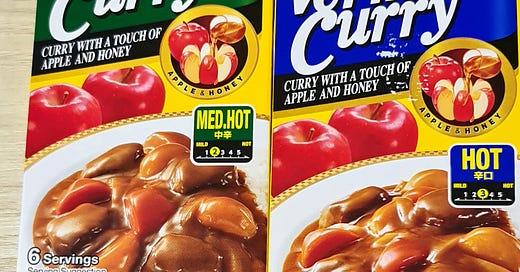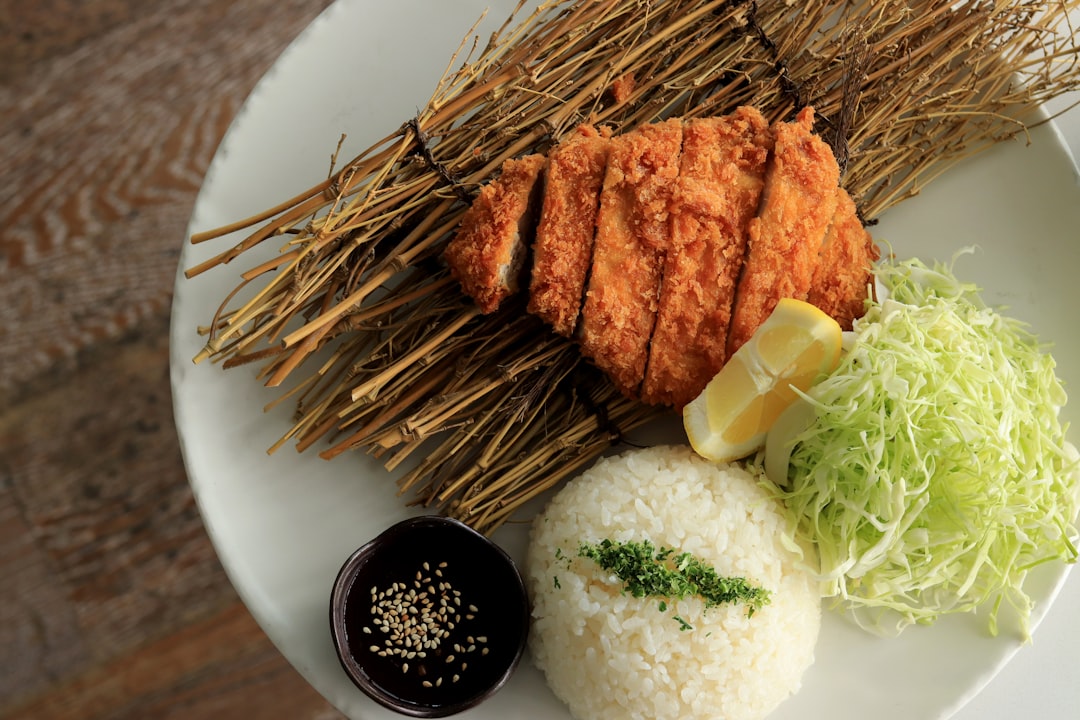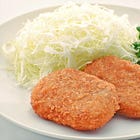The ever-innovating Japanese Curry: The Yoshoku Food Trilogy
The great food migration from India to Japan (via Great Britain)
We’ve seen the success of deep fried meals in Japan with katsu and croquette in earlier posts.
But in truth, they weren’t really a gamble. The somewhat similar tempura style already existed in Japan, so these Western deep fried cousins didn’t stray too far from accepted tastes. Curry was a whole new ballpark, bringing spices and flavours that didn’t even grow in Japan. It is the global Japanese dish, in that it contains elements that span an array of diverse nations.
India and Naval Curry
For the Japanese populace this is the third and final mainstay dish associated with Western cuisine. ‘Traditionally’ eaten with rice, the Japanese version is unsurprisingly called karē raisu, (カレーライス) or curry rice. Of course for those from the West, curry is seen as an Asian dish. So who did what where?
Readers from India can rest assured, you (or your country’s ancestors) get the credit for inventing curry. Like much of India’s treasures in the 1800’s, curry powder was taken by the British colonial rule for their own purposes. Curry arrived in Japan via sea aboard the British Imperial Navy.
The sailors and officers had already decided that traditional Indian recipes were too spicy and adapted a British style curry powder for ships. It was the perfect meal from the British government perspective, both cheap and able to mask poor quality ingredients. However, this combination did not provide curry the instant success that katsu and croquettes had found before. Curry in its British form lingered around Japan aimlessly for years, much like Brits on a gap year.
The transformation of curry from novelty Western food to mainstay also arrived via the navy (Japanese edition). In Meiji Era Japan, men would be enticed to join the navy by the siren song of plain white rice. This proved to be an irresistible recruitment strategy, with enrolled sailors soon subsisting on bowls of rice for months. It turned out that white rice was not a balanced diet, and many fell sick to beriberi (thiamine deficiency), since making the rice white would remove the thiamine that existed in the crop.
The Japanese navy looked around for other naval diets which didn’t cause mass sickness, and the formerly discarded British meal was back! The returning sailors had a taste for curry after adapting and changing the flavour to meet there own needs.
It’s in the adaptations that Japanese curry took shape. First off, Japanese palates did not traditionally handle spicy flavours well. That was the first element to go. Then, they needed to use ingredients that they actually had at home, so goodbye paprika, cumin, and other spice bases. Finally, to get to the Japanese style curry we know and love, they needed the sweetness. Now this whole package can be found in every Japanese supermarket in an easy-to-use roux.
Roux the day
Adding in yet another culture (French) to the Japanese curry, the curry roux is the most common way for households to prepare the dish. A roux (pronounced RU) is just is a mix of flour with the spices and fats that only needs an appropriate amount of water and stirring to create a thick curry. Either sold in a chocolate-block-looking package, or as a powder, the simplicity of this home kit has launched curry rice into one of Japan’s most popular dishes.
Given its popularity, it’s no wonder there are a seemingly endless array of options for curry roux in supermarkets. In fact, ranking curry roux’s have become a local pastime, with not-infrequent television segments dedicated to the activity. Even in the West, organisations like Serious Eats have conducted a Serious Review. I will defer to their judgement on available curries in the US, and suggest you try some yourself.
It’s really quite simple, just follow the instructions, add your choice of protein and vegetables, and stir.
An interesting diversity occurs within the curry roux, with spices and fruits altering the actual flavour. Again, diversity of country plays a part, with the popular Vermont curry (not actually hailing from the self proclaimed “green mountain state”) focusing on its use of apples.
Chains and repackaging
If you find yourself in Japan and unwilling to cook curry from a roux, fast food is here for you. Of course there are many options of great curry houses across Japan, often serving the classic curry katsu. There even is the so-called curry town in Tokyo, Jimbocho (also unrelatedly the used book neighbourhood).
For those who are truly desperate for a meal that is filling though, I want to introduce you to Japan’s most famous curry chain.
Chain eating- Coco Ichibanya
Address: Everywhere in Japan
The largest Japanese curry chain ensures that you can find a place to slurp brown gravy across the country. Among the first to offer vegetarian options, even using a vegetarian roux, they have expanded across Japan by selling their sauce with any quantity of rice you desire.
Perhaps Coco Ichibanya’s most impressive achievement is playing the Uno Reverse card, opening a foreign curry chain in India. Hardly an easy task, like selling snow to Eskimos, they have carved out their niche thanks to the completely changed flavour of curry in Japan. It also helps that Coco Ichibanya have worked out how to make their curry fully vegetarian, unlike many of their competitors at home.
Curry Pan
If even the act of going to a local chain restaurant sounds too difficult, or perhaps delivery of curry as a part of a rice dish is too similar to what you would find on the subcontinent, let me suggest curry pan. Not the cooking instrument—curry pan is a style of deep fried sweet bread that houses Japanese curry inside. Yes, finally curry is united with its deep frying yoshoku brethren.
The Classic- from Cattlea
Address: 1 Chome-6-10 Morishita, Koto City, Tokyo 135-0004, Japan
Kare pan is said to have been invented in Tokyo at a bakery called Cattlea in 1927. Both the restaurant and the dish have survived to today. Innovate once, sell for almost a century seems to be the motto of the bakery. Since their claim to fame invention of curry pan, they have not changed the recipe at all. Remarkably this innovator is now known as an “old-school bakery” with classic recipes.
Classic is the right term for curry pan, as its found all over Japan in the konbini’s and bakeries. Often presented in a plastic package, it’s an easy hot meal to eat on the go. Even if curry pan is now remembered as a traditional go-to meal, it had once been the exciting dish of the future.
Future innovations?
Curry Hamburger- from Dom Dom
Address: Big cities in Japan
For those reading this in 2023, this is a hot new style just announced. If you’re reading from the future, this might have become an entrenched traditional Japanese food. All I know is that innovation in the world of curry is still alive and well.
The product is not like the German Currywurst (sausage and curry powder), or just curry sauce on top of a burger. Too simple.
Examine the photo below. This goes, bun, lettuce, cheese sauce, patty, more cheese sauce, then what I can only describe as a deep-fried globule of curry roux, capped by the bun. This limited edition burger is already generating lines since inception, and could be the next breakthrough.
Standing on the shoulders of their forebearer foods, it remains to be seen if the curry burger has the same staying power. This limited edition item does show that the appetite for curry continues unabated in Japan, centuries after it was almost turned away at sea. So ends the Yoshoku Food Trilogy, three now beloved foods hailing from three foreign powers and landing in Japan during a time of change.
If you missed the last two and want a refresher, check out below.
Keep following Hidden Japan to find out where curry innovation strikes next.








I remember buying Vermont Curry in the asian foodstore back in the 80's!